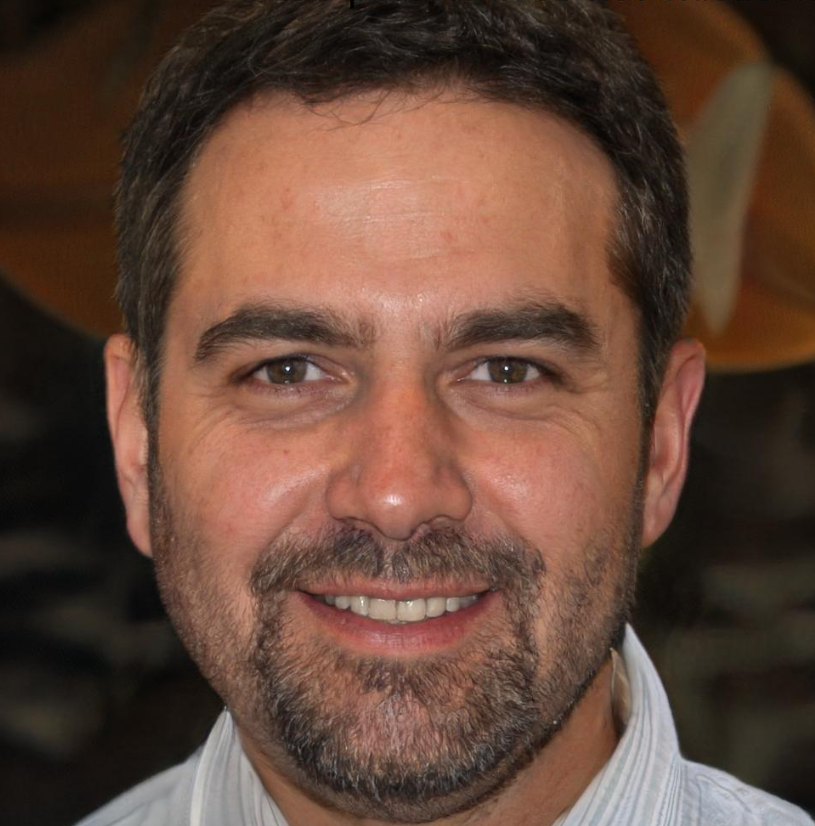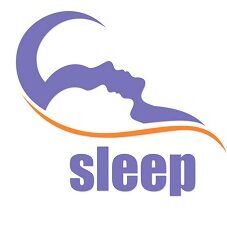Introduction
Sleep disorders affect millions of people worldwide, causing disruptions in both their daily lives and overall health. Understanding the various types of sleep disorders can help individuals seek appropriate treatment and improve their sleep quality. This blog post aims to explore some common sleep disorders, their symptoms, causes, and potential remedies.
Insomnia: The Struggle to Fall Asleep
Insomnia, the most common sleep disorder, affects millions of people worldwide. This condition makes it difficult for individuals to fall asleep, stay asleep, or experience restful sleep. Insomnia can be caused by various factors such as stress, anxiety, medical conditions, or certain medications. To combat insomnia, individuals may try relaxation techniques, cognitive behavioral therapy, or prescribed sleep aids.
Narcolepsy: Uncontrollable Sleepiness
Narcolepsy is a neurological disorder characterized by excessive daytime sleepiness and sudden attacks of sleep. People with narcolepsy often face difficulties staying awake during the day, which can significantly impact their daily lives. This condition may also cause sudden muscle weakness or paralysis, hallucinations, and disrupted nighttime sleep. Treatment for narcolepsy usually involves medications and lifestyle modifications.
Restless Leg Syndrome: The Urge to Move
Restless Leg Syndrome (RLS) is a condition where individuals feel an irresistible urge to move their legs, especially at night. This disorder can disrupt sleep, making it challenging for individuals to get the rest they need. RLS is often associated with uncomfortable sensations in the legs, such as itching, tingling, or crawling. Lifestyle changes, medication, and exercise can provide relief for those suffering from RLS.
Sleep Apnea: Breathing Interruptions during Sleep
Sleep apnea is a common sleep disorder characterized by repetitive pauses in breathing during sleep. These pauses, known as apneas, can last for a few seconds to minutes and may occur multiple times throughout the night. Sleep apnea can cause loud snoring, daytime sleepiness, and morning headaches. Continuous Positive Airway Pressure (CPAP) machines are commonly used to treat sleep apnea, along with lifestyle changes and positional therapy.
Parasomnias: Unusual Behaviors during Sleep
Parasomnias refer to a group of sleep disorders that involve abnormal behaviors and movements during sleep. Examples of parasomnias include sleepwalking, sleep talking, night terrors, and sleep eating. These disorders can significantly disrupt sleep quality, as well as pose risks to the affected individuals. Treatment for parasomnias depends on the specific disorder and may involve therapy, medication, and safety precautions.
Delayed Sleep Phase Syndrome: Night Owls
Delayed Sleep Phase Syndrome (DSPS) is a circadian rhythm sleep disorder where individuals have a delayed sleep-wake pattern. People with DSPS often struggle to fall asleep at a conventional time and have difficulty waking up in the morning. This can lead to significant sleep deprivation and difficulties in adhering to a regular schedule. Treatment for DSPS may include light therapy, behavioral therapy, and medication.
Shift Work Sleep Disorder: The Impact of Irregular Shifts
Shift Work Sleep Disorder (SWSD) is a sleep disorder common among individuals who work non-traditional shifts, such as night shifts or rotating shifts. The irregular work schedule disrupts the body’s natural sleep-wake cycle, leading to difficulties falling asleep and staying asleep. Individuals with SWSD may experience excessive sleepiness, lack of focus, and an increased risk of accidents. Strategies to manage SWSD include maintaining a consistent sleep schedule, optimizing the sleep environment, and practicing good sleep hygiene.
Exploring Different Sleep Disorders
Summary
Sleep disorders can encompass a broad range of conditions that affect the quality, duration, and consistency of sleep. Some commonly known sleep disorders include insomnia, sleep apnea, narcolepsy, restless legs syndrome, and parasomnias. Insomnia is characterized by difficulty falling asleep or staying asleep, leading to daytime fatigue, irritability, and impaired concentration. Sleep apnea involves breathing interruptions during sleep, often accompanied by loud snoring and excessive daytime sleepiness.
Narcolepsy is a neurological disorder that causes excessive daytime sleepiness and sudden sleep attacks, which can occur at any time, even during activities. Restless legs syndrome causes uncomfortable sensations in the legs, often relieved by movement, leading to difficulty falling or staying asleep. Parasomnias involve abnormal behaviors during sleep, such as sleepwalking, night terrors, or talking while asleep.
These sleep disorders can have various causes, including underlying medical conditions, lifestyle choices, stress, and genetic factors. Seeking medical advice is crucial for accurate diagnosis and appropriate treatment. Treatments can range from lifestyle changes and sleep hygiene practices to medications and therapy, depending on the specific sleep disorder and its severity.
By raising awareness about different sleep disorders, we can encourage individuals to prioritize their sleep health and se hop over to these guys hop over to these guys ek professional help when necessary. Improved sleep can contribute to overall well-being, better cognitive function, and enhanced quality of life.

Welcome to my website! My name is Jack Rosman, and I am a professional Dream Psychologist dedicated to helping individuals achieve better sleep, understand their dreams, and improve their overall well-being. With years of experience in the field, I am passionate about providing effective snoring solutions, sleep therapy, sleep supplements, and dream analysis to enhance the quality of your sleep and unlock the hidden messages within your dreams. Read More

